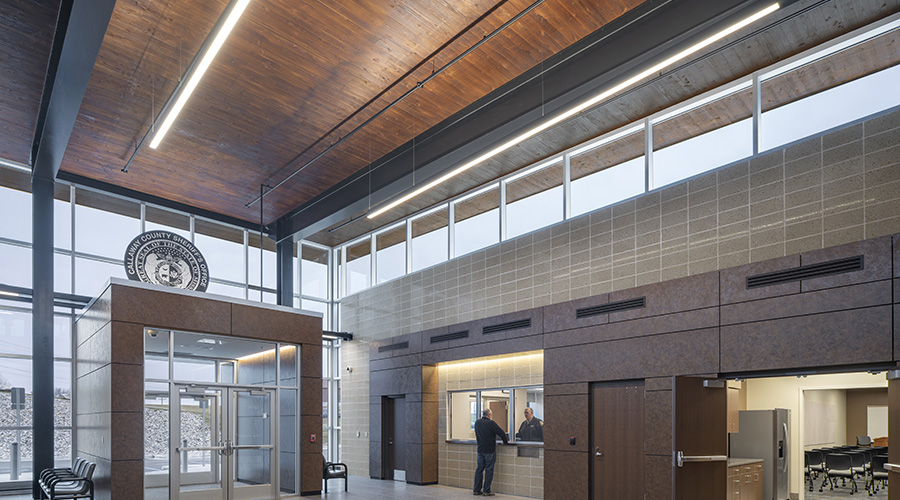Security Upgrade: Hospital Undertakes Risk Assessment
Facility directors at Miami Children's Hospital have a clear vision for the new central operations center they established as part of a major addition to the 1.2-million-square-foot main campus.
"We're turning this into what you'd find with a 911 system," says Philip Doyle, the hospital's director of public safety and emergency preparedness. "You call 4911 here or the helpline, and one person does everything. If you're calling for a plant-operations issue, they take care of you. If you're calling for a security issue, they take care of you. It's a one-stop shop."
That one-stop shop is at the center of a 45,000-square-foot central energy plant that came online in early 2010. A key element of the central operations center is an upgraded security system designed to provide security and facilities personnel with tighter control over the 289-bed hospital, as well as the community surrounding the main campus and six offsite facilities under hospital management.
"We also are a complex, high-tech network of ambulatory centers," says Robert Nowlan, the hospital's vice president of clinical and support services. "So we wanted to be able to have the same standard at every location and monitor all of our operations, wherever we might have a facility."
Steps to Security
After conducting a risk assessment in conjunction with the Miami Police Department the U.S. Department of Homeland Security, Nowlan and his team installed a new security-management system, retrofitted the hospital's card-access system, and converted analog surveillance cameras to digital, Internet-protocol (IP) based alternatives.
Before a manager tackles a security-system upgrade, Nowlan says the first step should be a risk assessment. The hospital's risk assessment looked at perimeter controls, cameras, lighting, maintenance and monitoring of pathways to entrances, and whether the facility had multiple points of entry.
"You have to know what you're trying to do," Nowlan says. "We knew here we were trying to have perimeter controls and that we wanted access controls. We knew we wanted monitoring in the garages from a safety and security standpoint."
Miami Children's Hospital is an essential facility in Miami-Dade County: in the event of a hurricane or other emergencies, people use the hospital as a safe haven. To ensure people who come to the facility are safe during an emergency — and during non-emergency events, for that matter — Nowlan and his team have been working to create a hardened, secure facility.
"We've not only secured it with cameras but with entrance and exit gates," Nowlan says. "We have access control. We've gone to proximity readers with integrated pictures and solutions for security management. On the floors, everybody here is 'fast-passed' when they come in, so we take your license plate and compare it to three nationally recognized databases to make sure that you're appropriate to be in the facility."
Related Topics:













